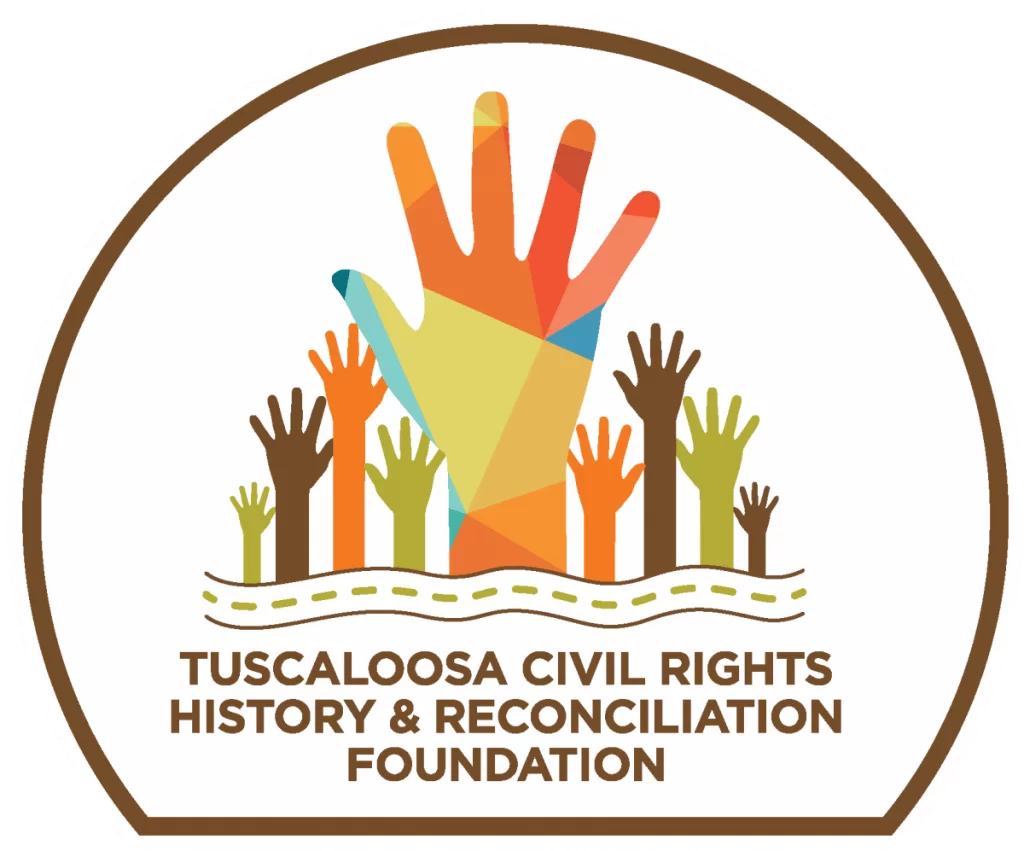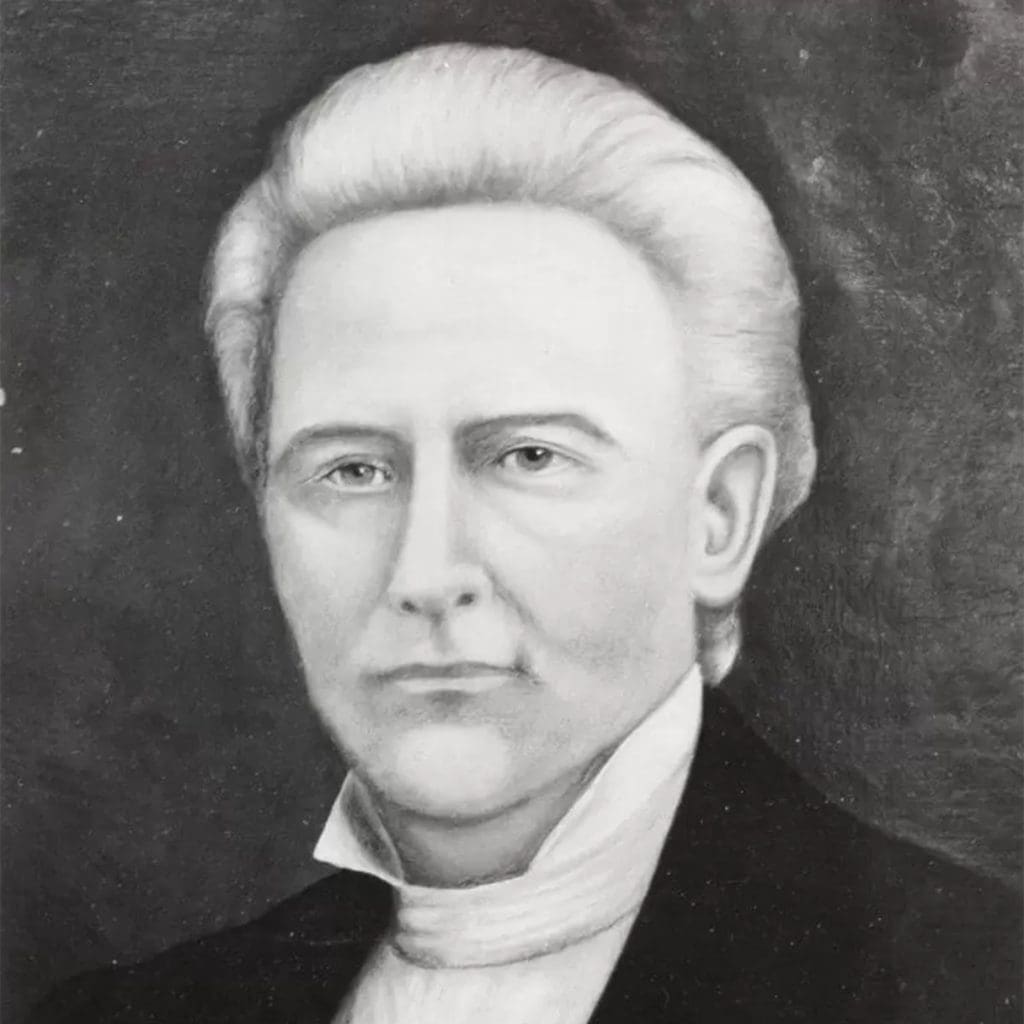In Tuscaloosa, four Christian denominations established churches on or near Greensboro Avenue before the city itself was formally incorporated. Collectively they formed a critical core of leadership as the city grew and helped settle the question raised by the Declaration of Independence–are alI men created equal? The churches generally answered “no” and supported the growth of a pro-slavery ideology that defined blacks as naturally inferior to whites. Exemplary of the early church leaders is Dr. Basil Manley, one of the earlier pastors of First Baptist, President of the University of Alabama, slaveholder, and ultimately Chaplain of the Confederacy.
These churches typically preached a version of Christianity that permitted slavery. They incorporated black members during slavery to varying degrees but always under white control and as unequal members. Some churches held separate services for blacks, others held biracial services but forced blacks to sit apart from whites. Importantly, most blacks worshipped on their own and out of the sight of the master, where they testified to their worth and dignity in front of God. After the Civil War and emancipation, some blacks sought to remain in their antebellum churches but only as full-fledged congregants. When their request was denied, most joined one of the newly formed independent black churches, such as Hunter Chapel African Methodist Episcopal Zion (1866), First African Baptist (1866), Bailey Tabernacle Christian Methodist Episcopal (1870), and Salem Presbyterian Church (1880, which was renamed Brown Memorial in 1932).
These churches emerged as leaders in the fight for religious freedom, equality, justice, and education over the course of the next century. Many of their members were at the forefront of the modern civil rights movement.
Rev. Charles Stillman of First Presbyterian Church organized the Tuscaloosa Ministerial Institute in 1876 to educate local blacks. It later became Stillman College.


